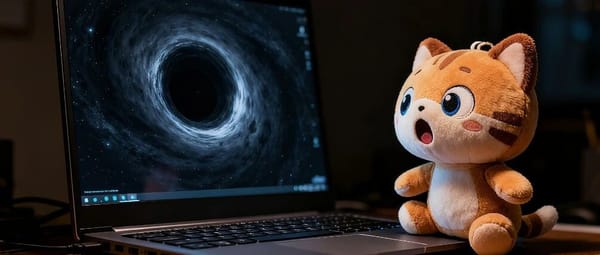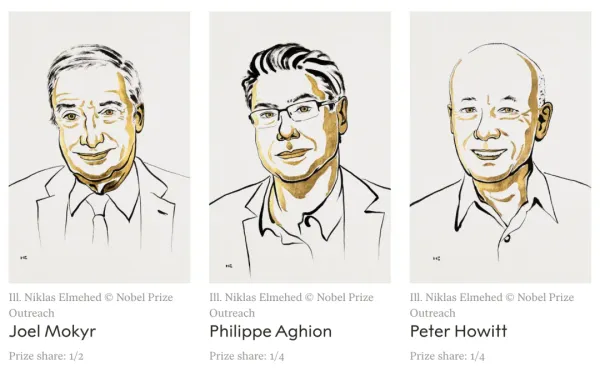Apple turned sleep into a “game” — a good idea with unexpected problems
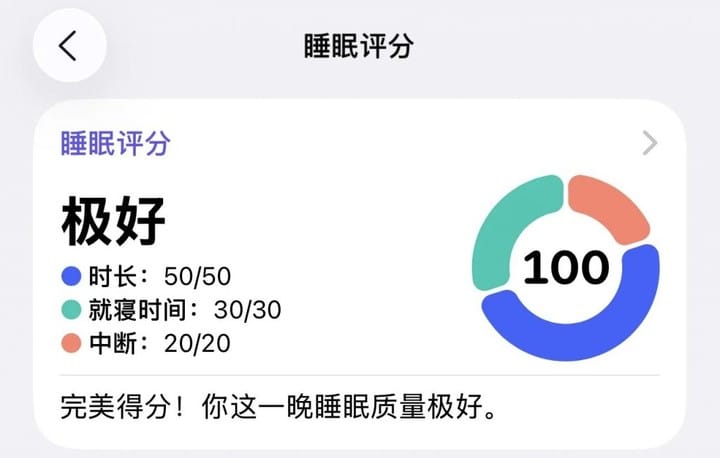
How Did You Sleep Last Night?
In the past, most of us could only answer this question with vague impressions like “pretty well” or “not so great”, or perhaps post a smartwatch sleep stage screenshot.
Now, Apple Watch users can answer in far more precise terms:
> “My sleep quality was 100 out of 100 last night!”

Compared to the otherwise modest Apple Watch Series 11 updates, the new sleep score feature in watchOS 26 is a crowd favorite — instantly making sleep tracking more fun.
---
What Is a Sleep Score?
We spend about one-third of our lives asleep.
- Short-term: Sleep quality affects our mental state.
- Long-term: Poor sleep has serious impacts on overall health.
This is why sleep tracking is now standard — whether via fitness bands, smart rings, or high-end wearables.
Every night, these devices convert your rest into data-heavy charts aimed at showing sleep quality.
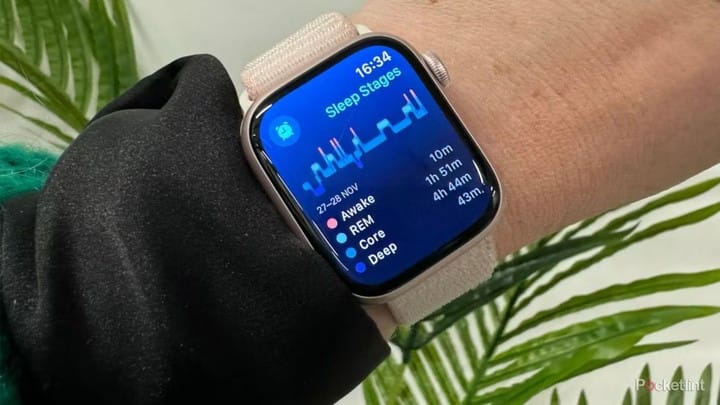
However, like ECG or blood oxygen metrics, sleep structure charts are raw data — not always easy to interpret or track over time.
The Sleep Score Difference
Apple Watch now reduces all this data to a single number each morning, plus:
- A short explanation of your score
- A clear category: Excellent, High, Average, Low, or Very Low
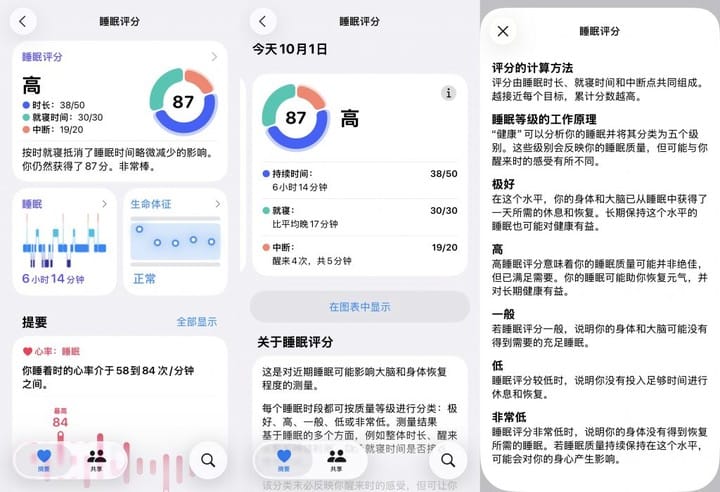
This helps users instantly understand whether they slept soundly and recovered well.
---
How Apple Calculates It
Apple’s scoring is based on:
- Duration – 50 points
- Bedtime Consistency – 30 points
- Interruptions – 20 points
Apple personalizes scores to your own patterns rather than applying a universal standard.
Example: A consistent night owl sleeping at 2 a.m. can still get a high bedtime consistency score.
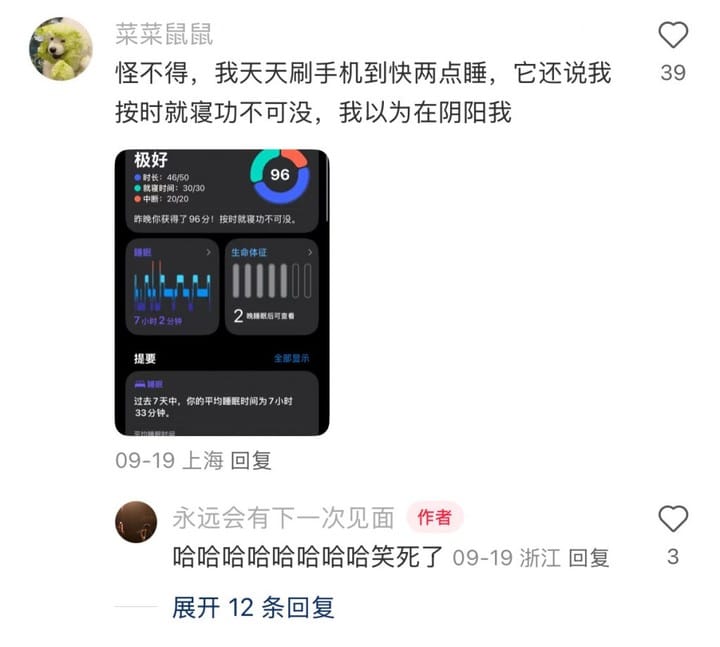
Apple developed this in collaboration with:
- American Academy of Sleep Medicine
- National Sleep Foundation
- World Sleep Society
It leveraged 5 million nights of sleep data from the Apple Heart and Movement Study.
---
Turning Sleep Into a Game
Sleep scores aren’t new — other brands and 3rd‑party apps have offered them.
But from September onward, Apple rolled out first-party scoring to:
- Series 6
- SE 2
- All Ultra models
This unified approach reaches millions of users.
Social Sharing and Friendly Competition
On platforms like Xiaohongshu (Rednote), posts with sleep score screenshots flood timelines.
- Some proudly share perfect scores
- Others post low scores, drawing surprise and sympathy
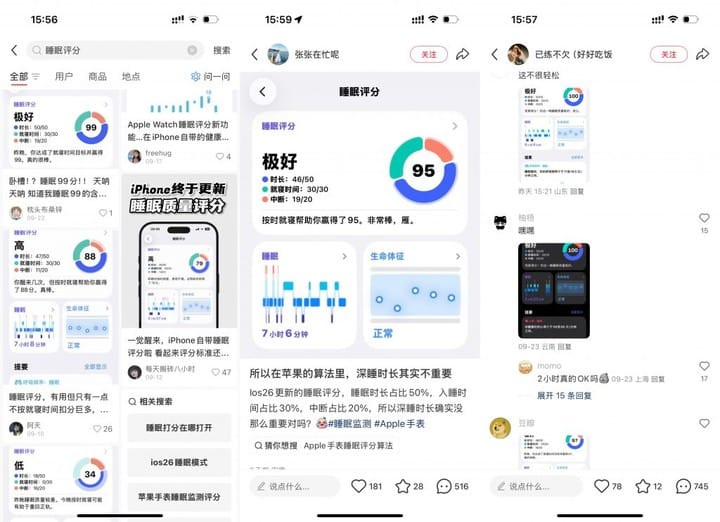
In everyday life, people share scores with friends:
- As casual updates
- As playful contests — “who sleeps best?”
For modern urban dwellers, a good sleep score broadcasts a healthy lifestyle.
Apple has, in effect, turned sleep into:
- A single-player game: improve your own rating over time
- A multiplayer game: share and compare with others
---
Gamification Trends in Tech
Gamifying wellness metrics is a growing trend.
Creators and product designers seek:
- Engagement loops
- Community sharing
- Incentives to sustain healthy habits
Example: AiToEarn
Open-source platforms like AiToEarn官网 connect:
- AI content generation
- Cross-platform publishing
- Analytics & model ranking
You can read more:
Apple’s Rings — A Precedent
Apple’s activity rings gamify exercise:
A visual ring-closing quest motivates millions to stay active.
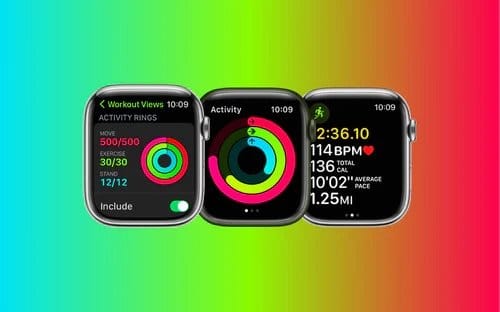
Now, Apple applies similar gamification logic to sleep — turning an intangible concept into a clear, trackable score.
Even games like Pokémon Sleep combine higher scores with in‑game rewards.
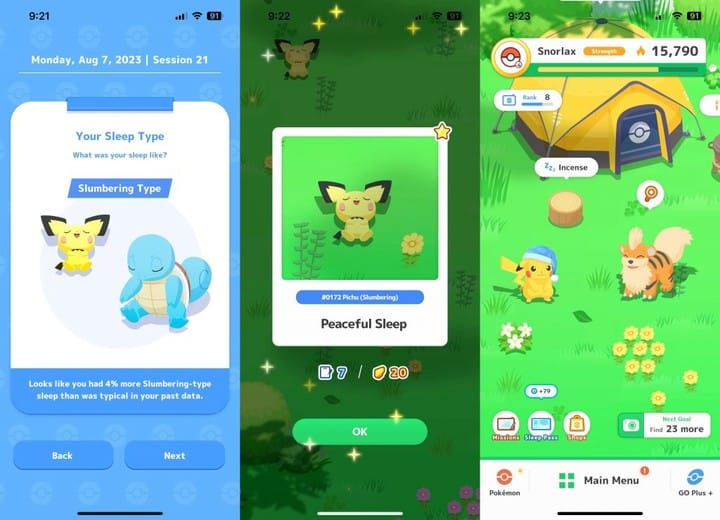
---
Why Scoring Works
Studies show self-monitoring strongly drives behavioral change.
Quantified scoring:
- Gives positive feedback
- Enables social comparison
- Encourages affiliation in community health contexts
Apple’s daily score plus brief commentary keeps users engaged:
- Check scores every morning
- Make long-term habit changes
---
Potential Downsides — Orthosomnia
Not all users welcome sleep scoring.
Psychologists note Orthosomnia: anxiety from monitoring sleep.
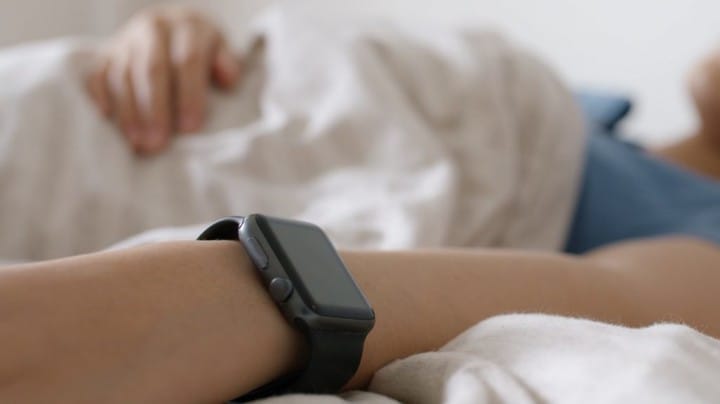
Before devices, sleep was subjective.
Now, handheld metrics define “good” or “bad” sleep — sometimes leading to unnecessary worry.
Anxiety Spiral
- Low scores → “I’ll be tired all day” → Actually feel tired
- Over‑reliance on sleep aids, pillows, rituals
- Wearing no device one night → panic over missing data
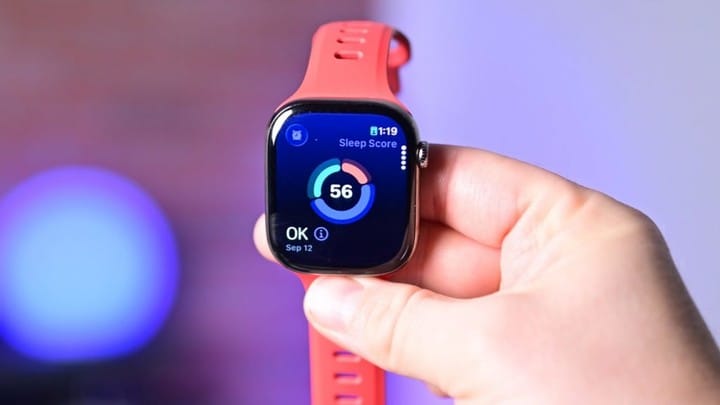
This is part of a broader issue:
When tracking becomes a prerequisite to “counting,” enjoyment is replaced by performance pressure.
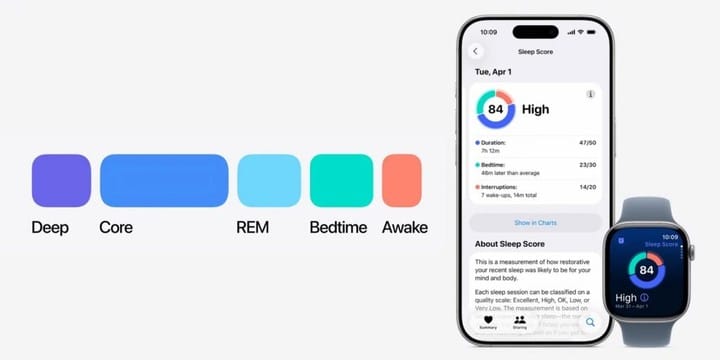
---
Apple’s Mitigation Approach
Apple seems to have softened gamification in sleep tracking:
- Interruptions weigh least (often uncontrollable)
- Duration and Consistency weigh most (within user control)
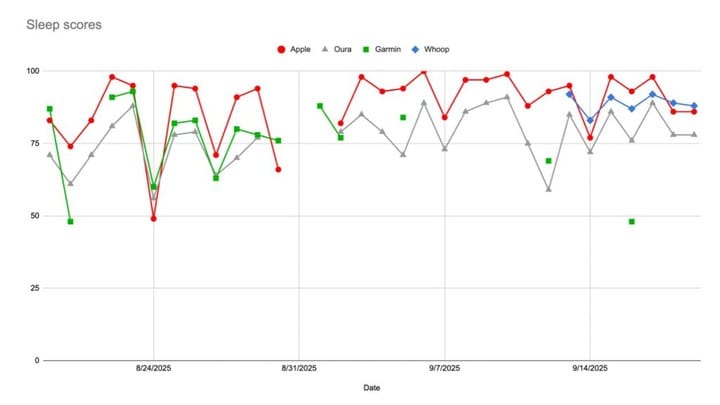
Lifehacker found Apple Watch scores are generally higher than competitors — fostering encouragement over criticism.
Apple’s “quality sleep” definition = regular schedule + adequate rest hours.
---
The Takeaway
Ultimately, no device can perfectly measure real sleep.
Your own perception remains most reliable.
Scores are tools for awareness, not ultimate goals.
Sleep peacefully and wake refreshed — that’s the true win.
---
Broader Context for Content Creators
Quantifying and visualizing progress can be highly motivating.
With solutions like AiToEarn, creators can:
- Generate AI content
- Publish across Douyin, Kwai, WeChat, Bilibili, Xiaohongshu, Facebook, Instagram, LinkedIn, Threads, YouTube, Pinterest, X
- Track & improve performance — without fixating on a single metric
Balance performance tracking with enjoyment — just as with sleep scores.


